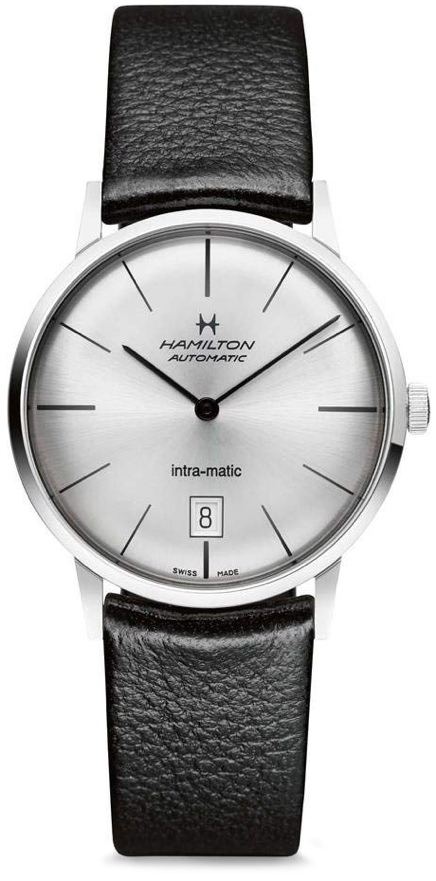FYI: On July 9, 1916, The New York Times puzzled over a fashion trend: Instead of the standard pocket watch, Europeans were starting to wear bracelets with clocks on them.
In the American watch market, or perhaps America in general, the idea for some time now has been that "bigger is better." Which is how so many guys wound up with a large saucer-sized timepiece strapped to their wrists. These watches, with case diameters from 42 to 50 millimeters, were marketed as sporty and macho and boasted all sorts of bells and whistles.
Thankfully, as the smartphone became the way most men told time, a quiet shift occurred. Men started to appreciate watches for the classic, aesthetically pleasing timekeeping tools that they are. They got into vintage watches and suddenly, the status-symbol watch shrank. This undercurrent of enthusiasts pushed the watch industry and at this year's Baselworld watch show, brands returned to smaller cases influenced by vintage styles.
What's more, these smaller understated designs aren't simply good looking, they're practical as well. The slimmer profile, with case diameters from 36 to 39 millimeters, fits nicely under your shirt sleeve but still looks smart on its own with short sleeves. And for those without tree trunk forearms, these leaner styles don't dwarf your arm and make you look puny like those big, bulky 48-millimeter monsters.
These are watches that celebrate subtlety over flash. They pack a punch without the fear of overpowering the man wearing them. After all, who says status has to shout?

Intra-Matci automatic,
$537 by Hamilton

Dapper York,
$219 by Daniel Wellington
The Difference

A few millimeters doesn't sound like it would make that big of a difference. But on a wrist? The contrast is clear.












